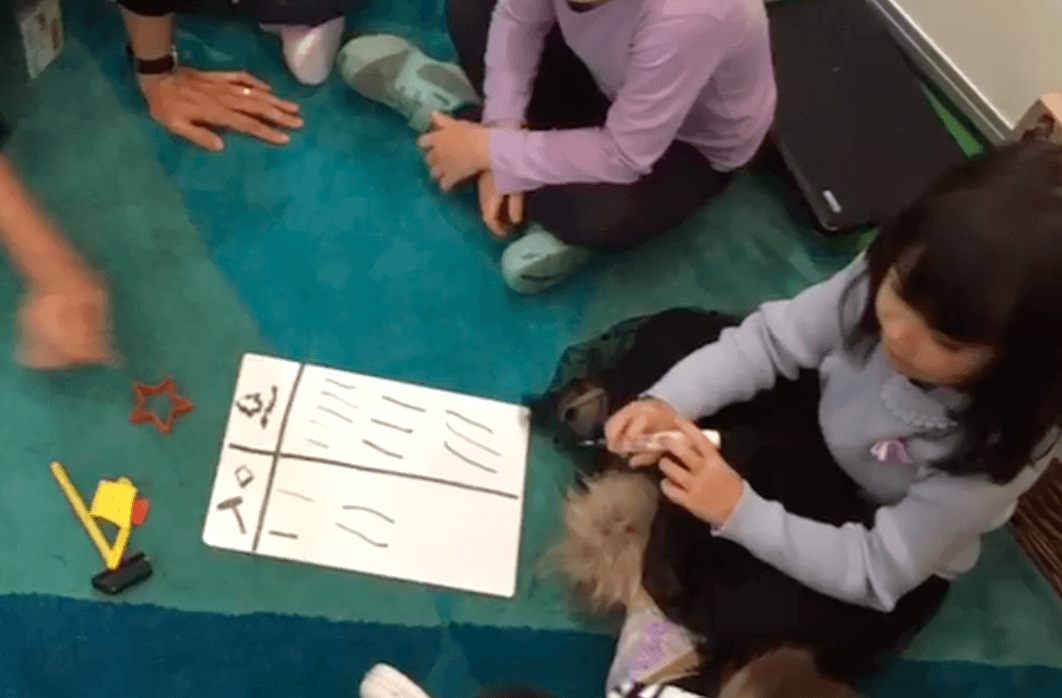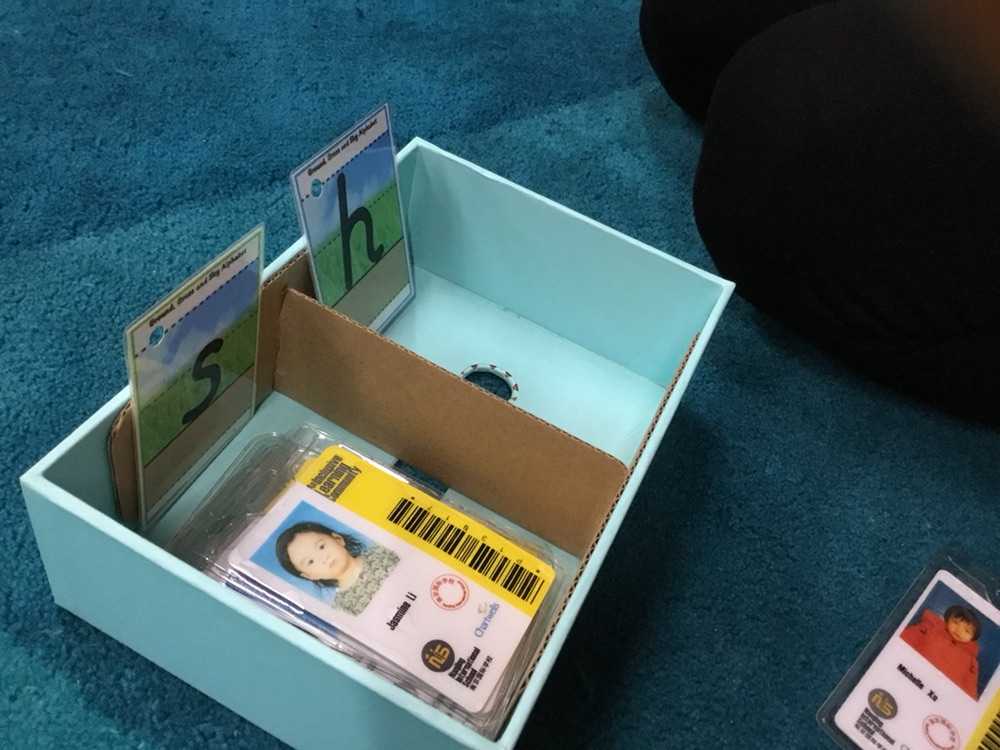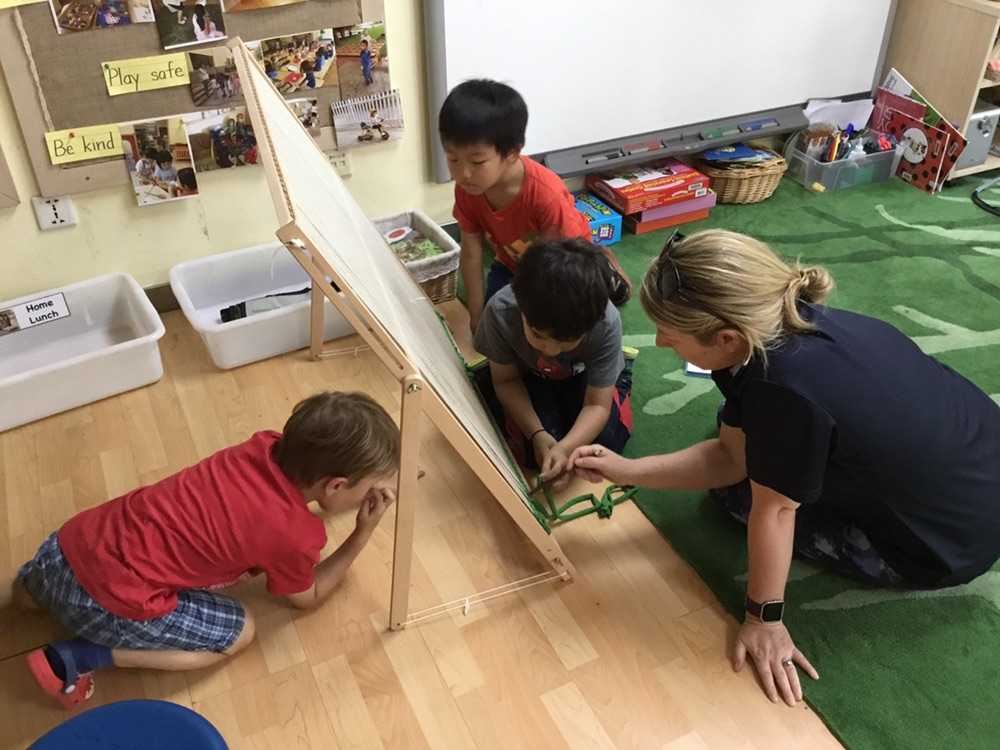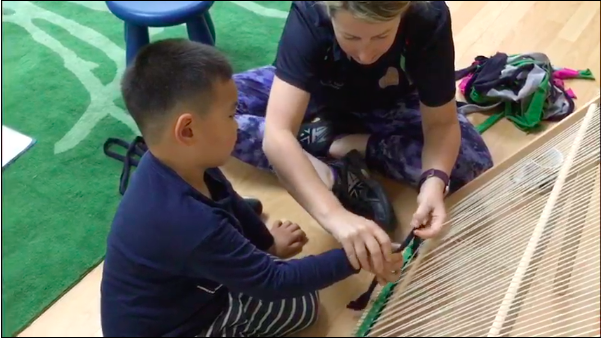The students had a discussion about fire. A few months ago Ms. Angie received a gift bag of tea-light candles. We wondered how candles were made.
https://twitter.com/NISPreKK1/status/1057924053925691392
We sat down to share our prior knowledge about candles.

- Ethan “It is white, not rainbow.里面不能放玩具。” 【Can’t put toys inside】
- Alejandra “It smells like chocolate and Orio. If you put paper on fire it will go away. The paper will be black.”
- Si Hyun “Fire here. Happy birthday to you”. [in Korean] “When the wick catches fire it bends. It’s turning red because of the fire.”
- Jiwoo “Fire is here. Water is here.” Explaining that there is a liquid when the fire burns the candles.
- Lawrence looked closely at the match stick and explained “It’s black too because its fire. Have green, blue, red. (He has green, blue and red match sticks at home) Because my home have fire. Because in night I go Ruby’s party. Because I don’t see.” [Lawrence explained that you need candles to help you see in the dark]
- Ruby “The water melts fire. On the candle. If you put fire inside the cup, it will cut the cup. It will crack. If you touch the fire, you burn your hands.”
- Jasmine “Fire. And this we have fire in this one. And water is here and fire is no. 火放上去的时候,里面会变黑,火会把你的手烧掉的。” 【When the fire is put on, it will turn black and the fire will burn your hands.】

- Nicolas “When you put fire in the candles the glass don’t broke, because the fire can move like this, it just wiggles. Because it is so hot when you put paper on it, the paper will get black. The fire gets up in a hole. The fire goes bigger.”
- Lawrence “Put fire in, and water in and this cup is broken. Because water and fire is really hot. Water in here, fire in here {pointing to the container} and cup in here. This blocks be black. Because fire and water….water is really, really like fire. Because paper black, the blocks black.” [Lawrence was explaining how paper and blocks both turn black when they burn.
- Nicolas “Its not water, it’s gas of the fire. And it gets black. When it was the fire, it was white [the wick), now when you light it, it turns black.”
- Amber “如果把杯子放上去,也会烧掉。Because of the fire.是因为火会把杯子融化掉。 ” 【If you put the cup on it, it will burn out. Because of the fire. Because the fire will melt the cup】
We wonder where our inquiry will take us…
Approaches to Learning (ATL’s)
Thinking Skills
Analysing
• Observe carefully.
• Synthesize new understandings by seeing relationships and connections.
Generating novel ideas
• Use discussion and play to generate new ideas and investigations.
• Make unexpected or unusual connections between objects and/or ideas.
• Practice some “visible thinking” routines (Ritchhart, Church and Morrison 2011).
Considering new perspectives
• Seek information.
Research Skills
Data gathering and documenting (audio recording, drawing, photographing)
• Gather information from a variety of sources (people, places, materials, literature).
• Use all senses to observe and notice details.
Communication Skills
Listening
• Listen to information.
• Listen actively and respectfully to others’ ideas.
• Ask for clarifications.
Speaking
• Express oneself using words and sentences.
• Participate in conversations.
• Negotiate ideas and knowledge with peers and teachers.
Social Skills
Interpersonal relationships
• Listen closely to others.
• Be respectful to others.









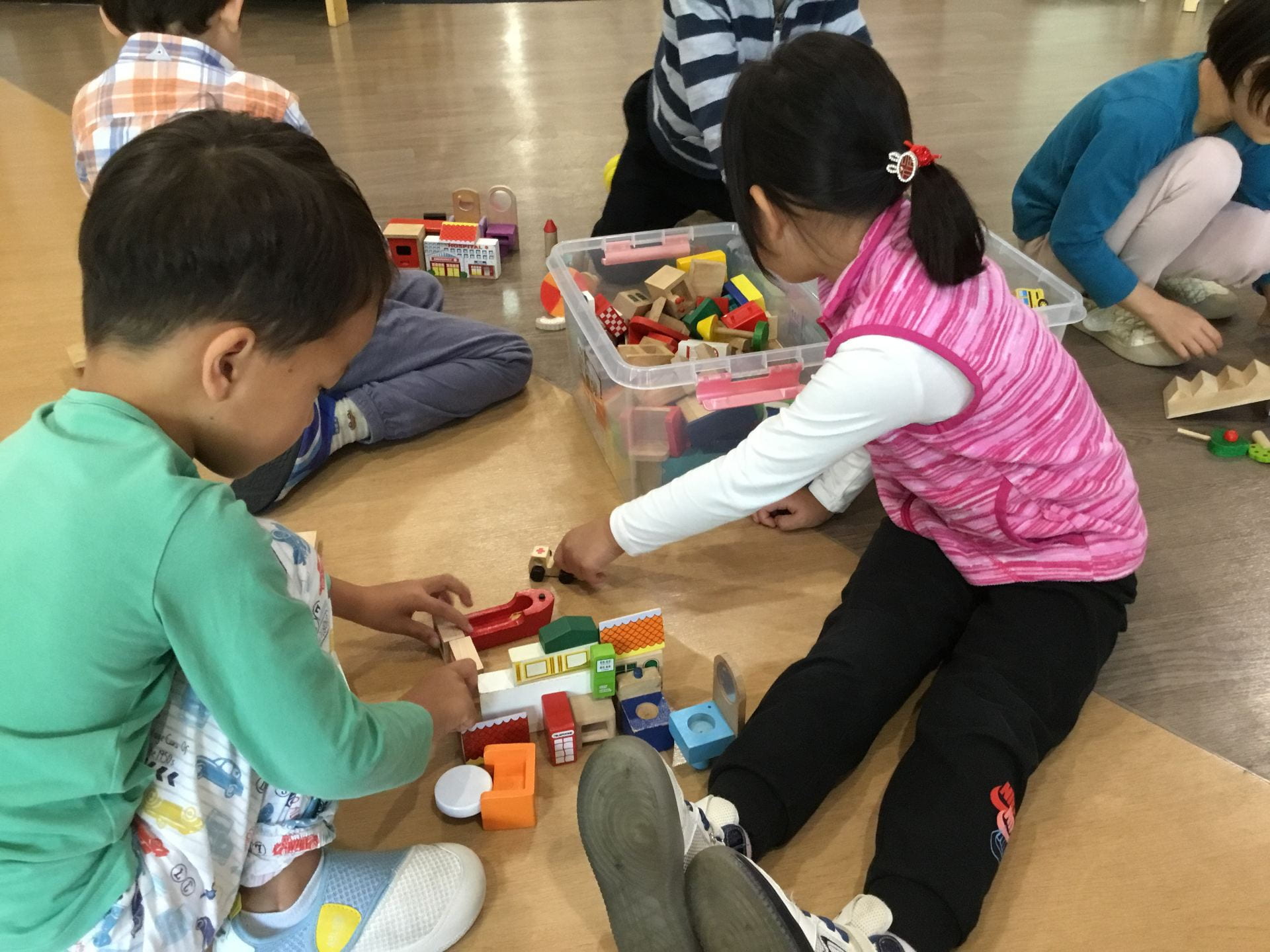






























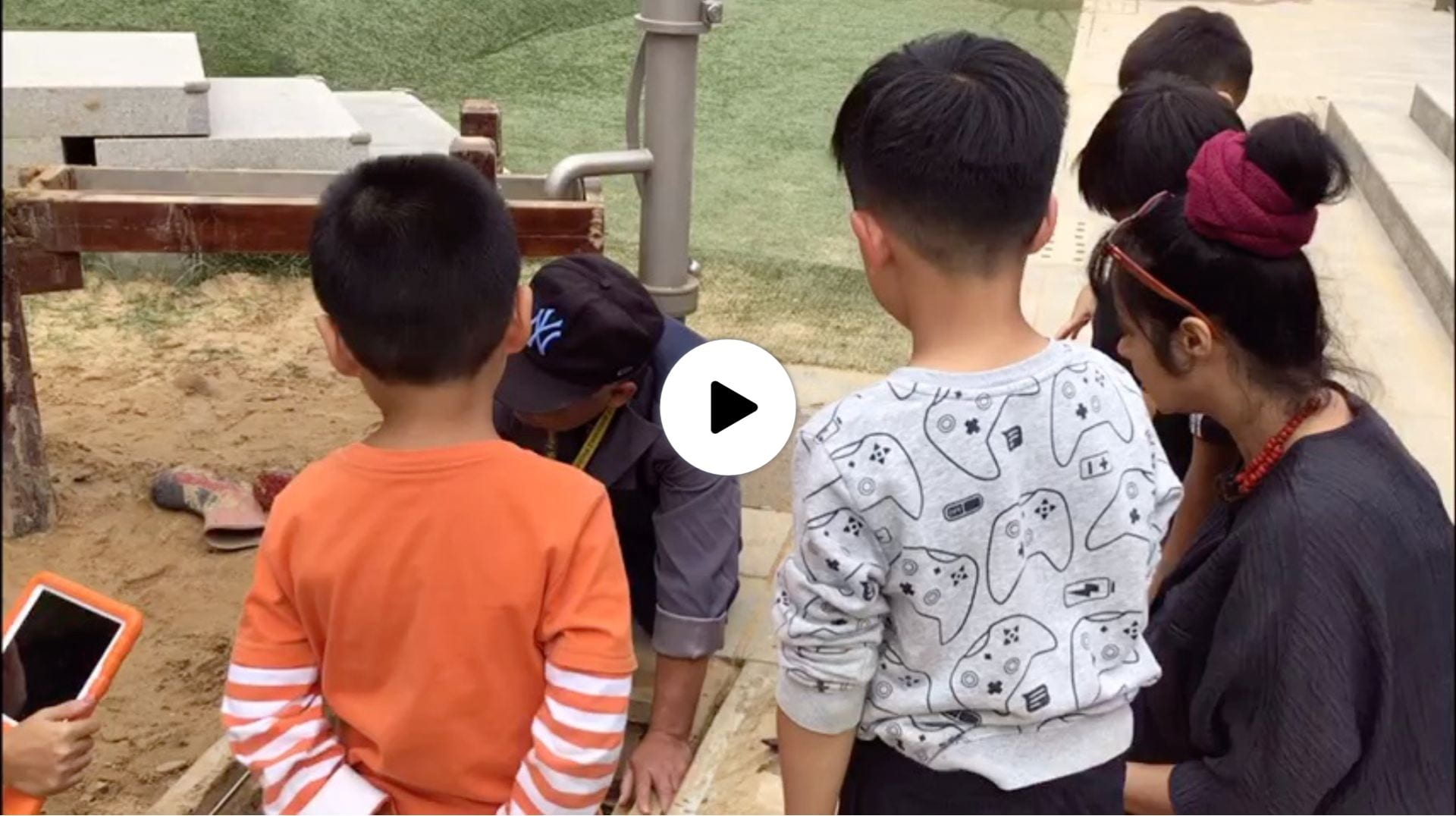



































 This plant eats insects!! We had some tiny earthworms and the children wanted to feed the plant. They were excited to see how the plant eats the worms.
This plant eats insects!! We had some tiny earthworms and the children wanted to feed the plant. They were excited to see how the plant eats the worms. 





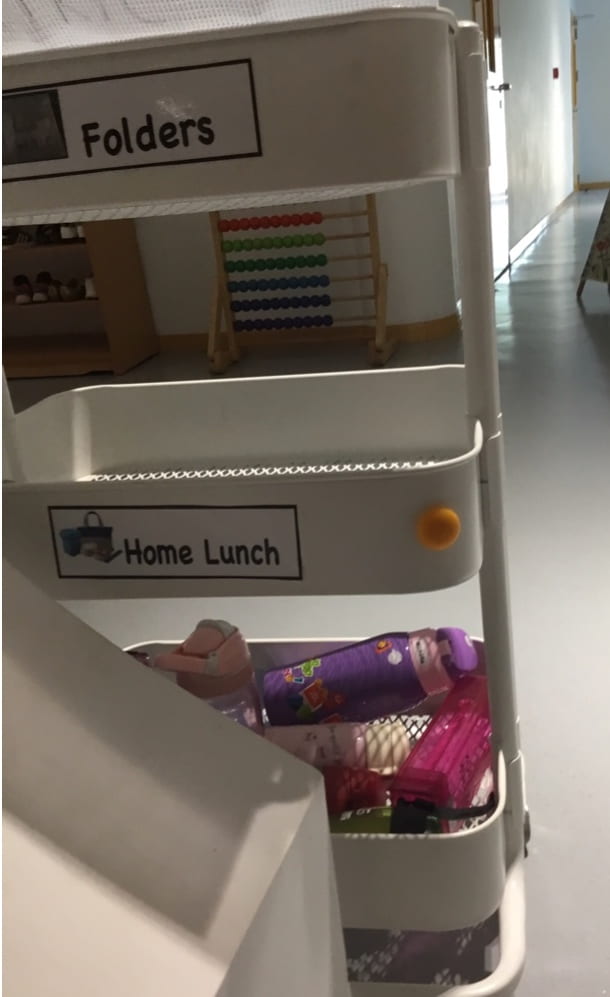



























 We wondered what snails eat and how they live…The students began to share their theories.
We wondered what snails eat and how they live…The students began to share their theories. 

































